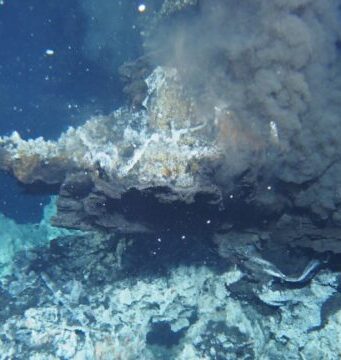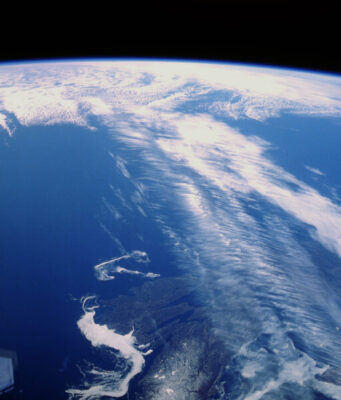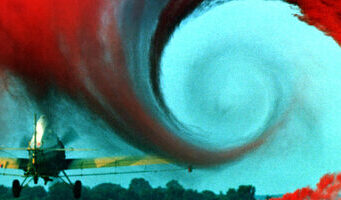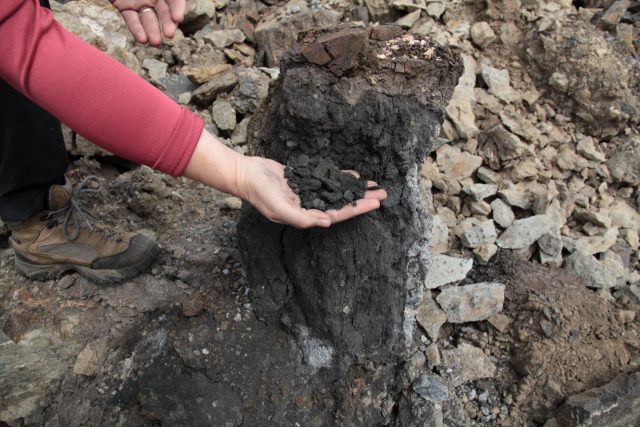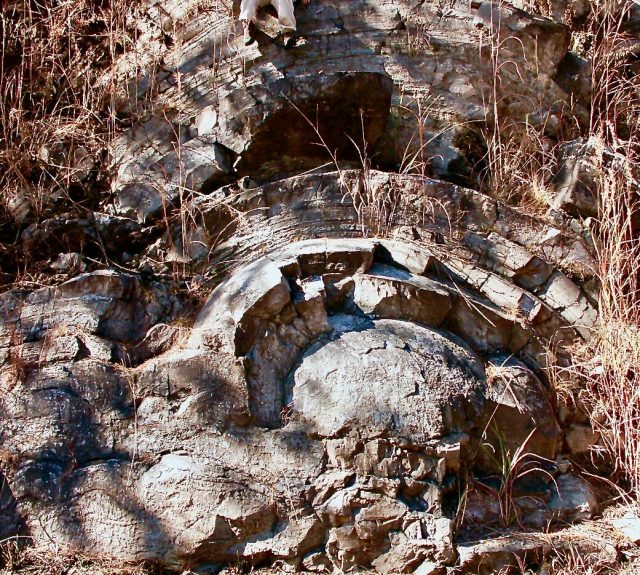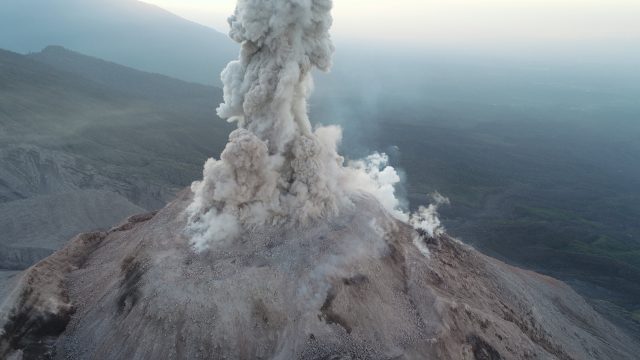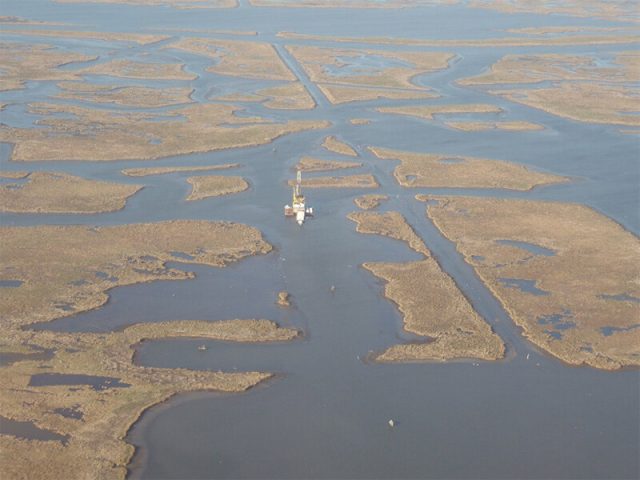An international team of scientists and historians has found evidence connecting an unexplained period of extreme cold in ancient Rome with an unlikely source: a massive eruption of Alaska's Okmok volcano, located on the opposite side of the Earth.
Around...
A naturally occurring injection of underground fluids drove a four-year-long earthquake swarm near Cahuilla, California, according to a new seismological study that utilizes advances in earthquake monitoring with a machine-learning algorithm. In contrast to mainshock/aftershock sequences, where a large...
The Arctic Ocean will take up more CO2 over the 21st century than predicted by most climate models. This additional CO2 causes a distinctly stronger ocean acidification. These results were published in a study by climate scientists from the University of...
A team of researchers led by Arizona State University (ASU) School of Earth and Space Exploration professor Lindy Elkins-Tanton has provided the first ever direct evidence that extensive coal burning in Siberia is a cause of the Permo-Triassic Extinction,...
Oxygen first accumulated in the Earth's atmosphere about 2.4 billion years ago, during the Great Oxidation Event. A long-standing puzzle has been that geologic clues suggest early bacteria were photosynthesizing and pumping out oxygen hundreds of millions of years...
Throughout Earth's long history, volcanic super-eruptions have been some of the most extreme events ever to affect our planet's rugged surface. Surprisingly, even though these explosions eject enormous volumes of material—at least 1,000 times more than the 1980 eruption...
Seismic wave-speeds have revealed part of an ancient volcanic "superplume" beneath New Zealand, highlighting connections between the Earth's deep interior and the surface we live on.
Research by Te Herenga Waka–Victoria University of Wellington geophysicists Professor Tim Stern and Associate...
Melting of ice in permafrost ground leads to processes of change in the landscape—thermokarst. This may cause faster thawing of the permafrost.
Some of the coldest permafrost on Earth might be more vulnerable to thawing than previously thought. In the PERMANOR project...
Due to the difficult accessibility and the high risk of collapse or explosion, the imaging of active volcanoes has so far been a great challenge in volcanology. Researchers around Edgar Zorn from the German Research Centre for Geosciences GFZ...
Given the present-day rate of global sea-level rise, remaining marshes in the Mississippi Delta are likely to drown, according to a new Tulane University study.
A key finding of the study, published in Science Advances, is that coastal marshes experience tipping...
Far below the Earth's surface, about 1,800 miles deep, lies a roiling magmatic region sandwiched between the solid silicate-based mantle and molten iron-rich core: The core-mantle boundary. It's a remnant of olden times, the primordial days about 4.5 billion...


